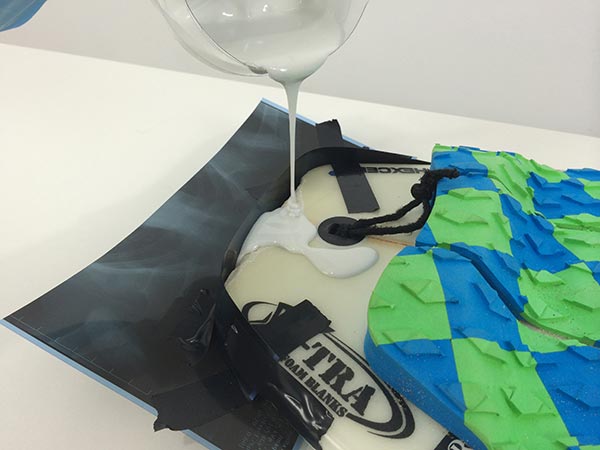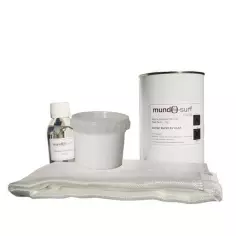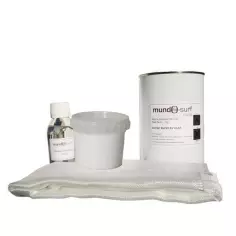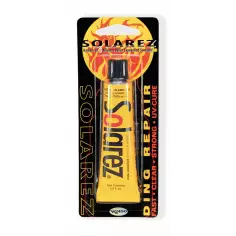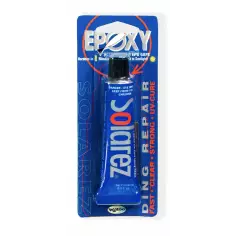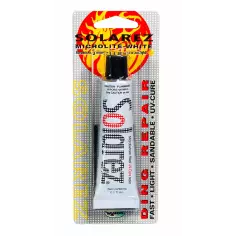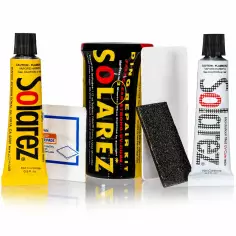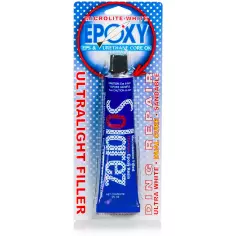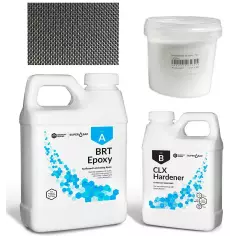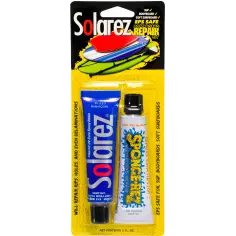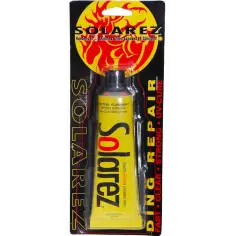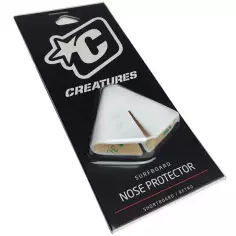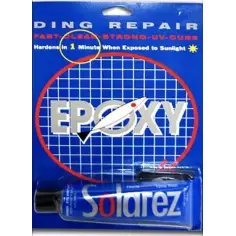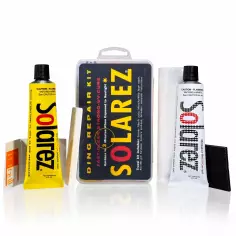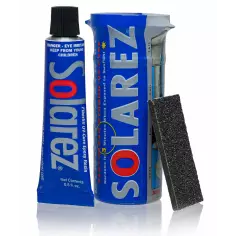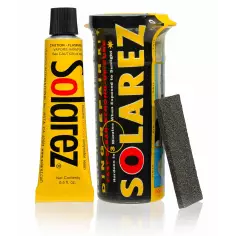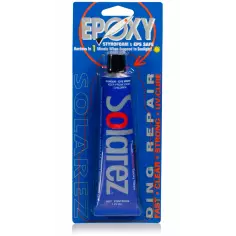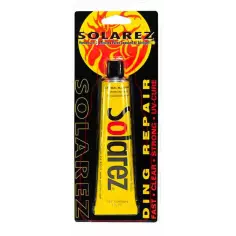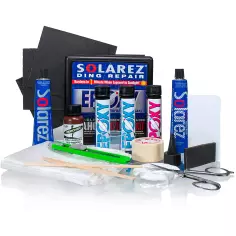The tail on your surfboard is one of the most unstable areas, and it receives bumps and blows quite often, both from the ground as well as from the scraping of the leash.
This is why we are going to explain to you how you can repair the tail yourself and how to do it well.
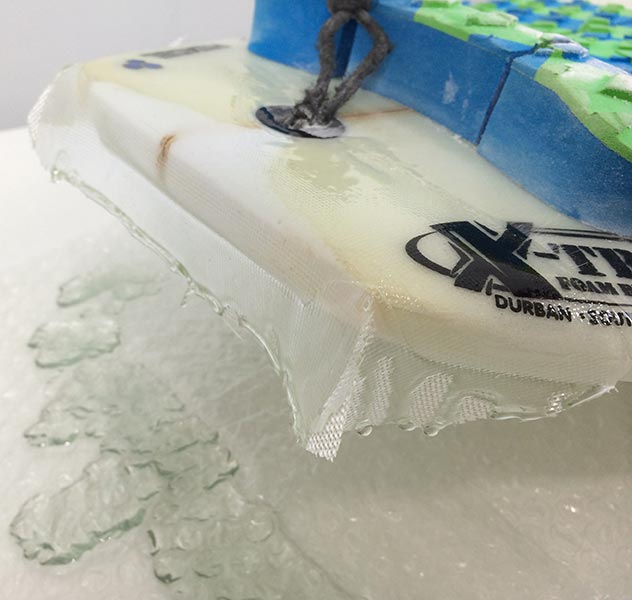
3. Reinforce the tail with fiberglass
If the glass bubbles and the resin are perfect to fill and rebuild a deep part of your surfboard, they are not robust enough, and in an area as delicate and requested as the tail, it is necessary to place a piece of fiberglass , which will provide the necessary solidity.
Cut a piece of 4 or 6 oz fiberglass so that it covers the entire part of the tail to be repaired. The piece must catch both the deck and the bottom of the board.
Impregnate it first with a mixture of resin and catalyst, let it harden, and then apply a mixture of polyester resin with waxed styrene and PMEC catalyst if your board is polyester, or epoxy resin with its catalyst if your board is epoxy.
This last layer, called gel coat or hot coat by shapers, allows the surface to be evened out, and makes the resin sandable.
4. Sand the tail
Sand the area starting with coarse 80-grit sandpaper, until you get a perfectly smooth area with no irregularities.
Once achieved, and so that the repaired area has the same appearance as the rest of the board, sand with increasingly fine sandpaper. After 80 grit, you can successively pass 120, 180, 240, 360 and 500 sandpaper until you get a smooth, matte finish.
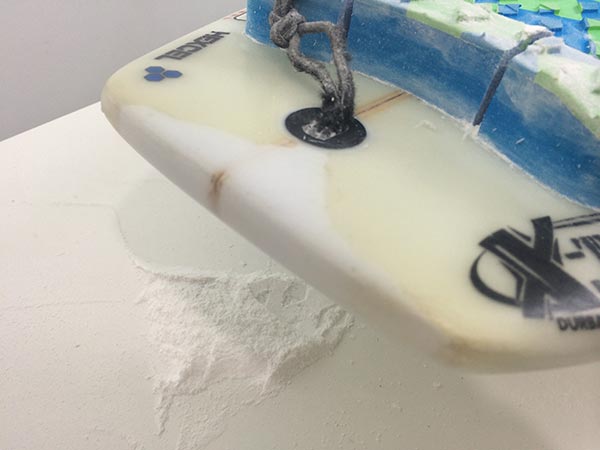
Knowing how to repair the board yourself is not only an economic saving, it is above all a peace of mind. The peace of mind that the repair time depends exclusively on you, and that you are not going to miss a swim because you do not have your board ready.
And if it is not entirely clear to you, watch this video tutorial that we have prepared for you:
Products you may be interested in:

Sebas
Sebas is the passionate creator and founder of Mundo-Surf, a space dedicated to those who live and breathe surfing. With a deep connection to the ocean and an overflowing passion for every wave, Sebas has turned his love for surfing into a mission: to share, inspire, and educate the community.
In addition to being an avid surfer, Sebas is an expert in surfboard manufacturing, an art that combines technique and creativity. Through his blog, he not only offers guides, reviews, and advice but also shares his experience in surfboard creation, helping others understand the process behind each design and material. At Mundo-Surf, Sebas invites us all to discover surfing at its fullest, from the right equipment to the personalized creation of surfboards.




